Welcome to a deep dive into the methods and tools that scientists can employ to put Bee Theory to the test. This wave-based model of gravity offers an alternative explanation to dark matter and dark energy, emphasizing the role of oscillatory field structures. While Bee Theory proposes innovative concepts, it must withstand observational scrutiny—much like any scientific hypothesis. Below, we explore the primary observables, methodologies, case studies, and challenges associated with confirming Bee Theory’s validity.
1. Introduction
Despite significant advances in cosmology, dark matter and dark energy remain elusive. Standard models propose particle-based solutions for dark matter and a cosmological constant (or similar field) for dark energy. In contrast, Bee Theory suggests these phenomena could arise from constructive and destructive interference in a universal wave field. The following sections outline how researchers can leverage state-of-the-art observations to either support or challenge this paradigm.

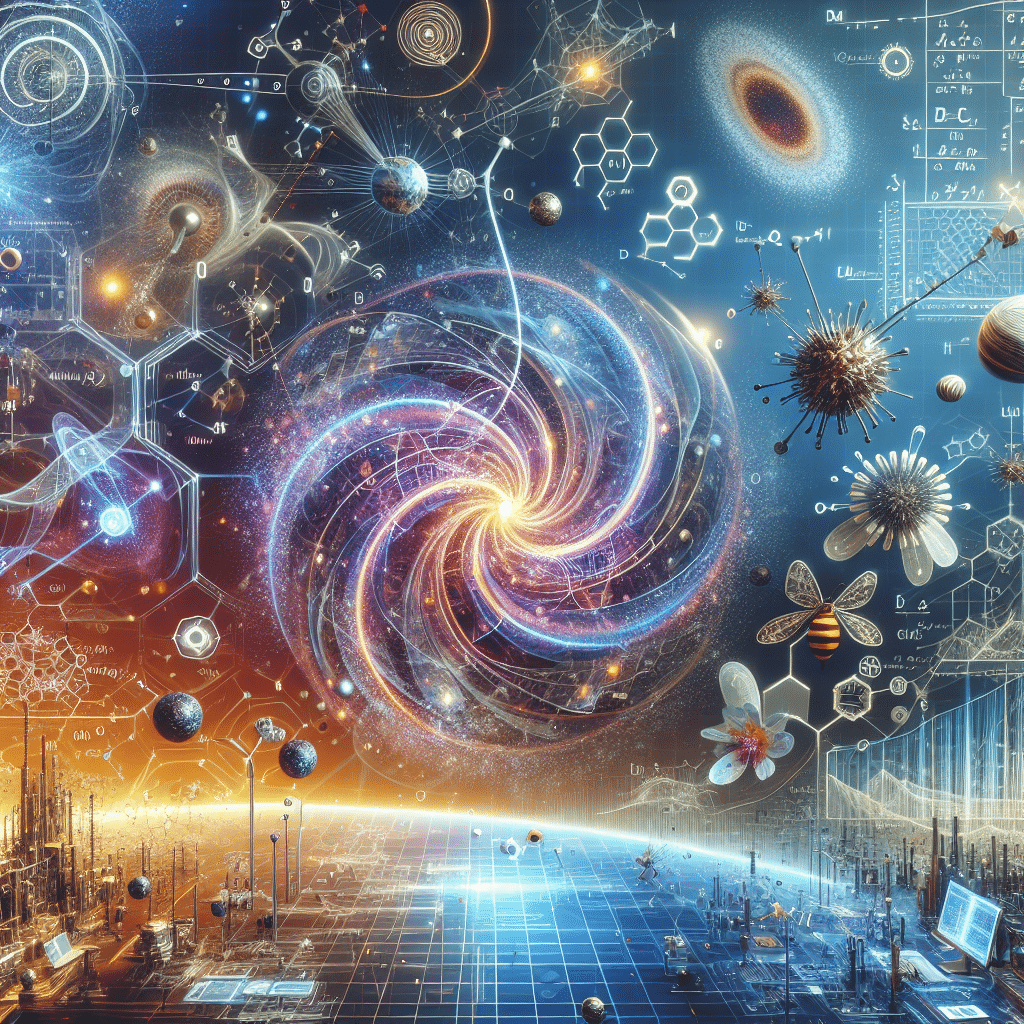
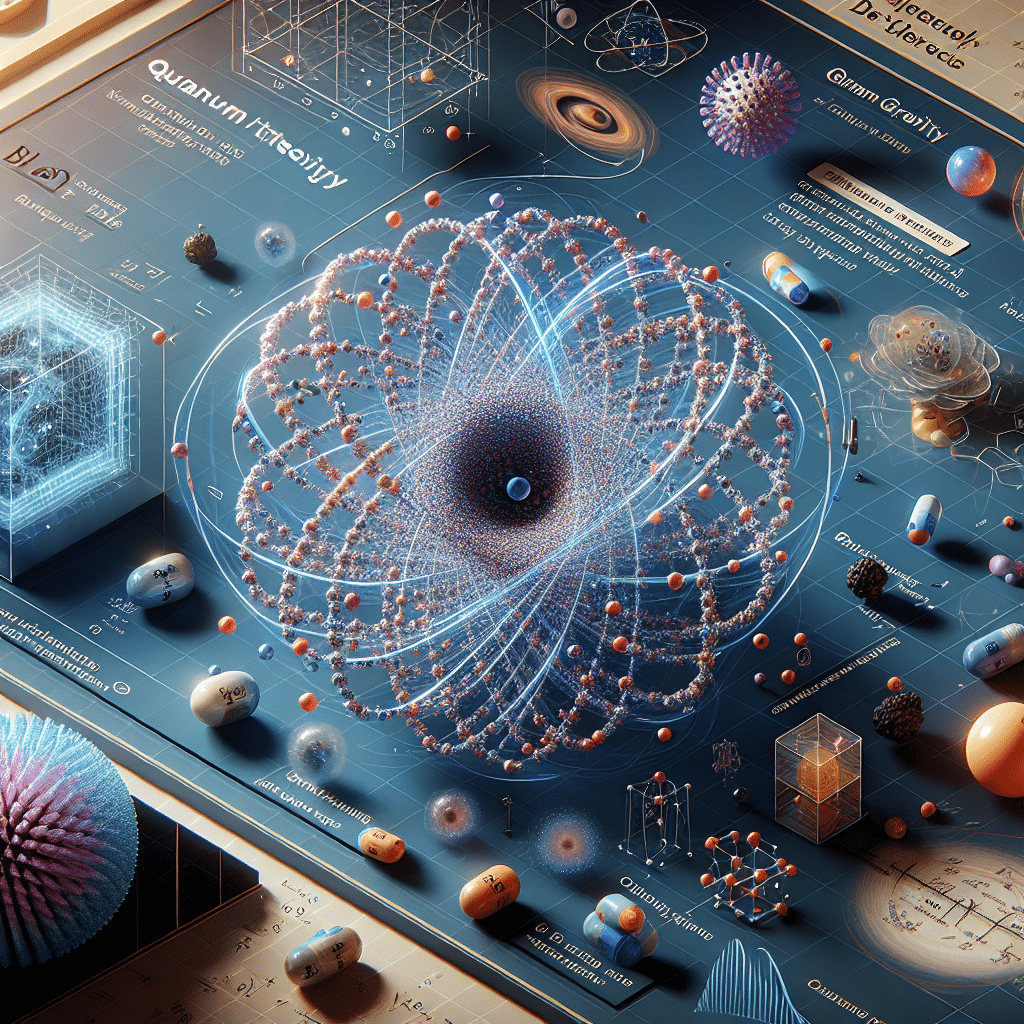
2. Core Observables
- Wave Interference Signatures in Galactic Halos
Bee Theory predicts that galactic rotation curves—normally explained through dark matter—may instead be the result of wave reinforcement. Identifying patterns that align with wave interference, rather than conventional halo models, is a key observable. - Deviations in Gravitational Lensing Patterns
The standard model interprets lensing anomalies as the direct effect of invisible mass. Bee Theory posits that shifts in interference phases could mimic additional mass. If detected, these phase-dependent variations could distinguish Bee Theory effects from traditional dark matter lenses. - Measurement of Large-Scale Expansion Rates
On cosmic scales, dark energy is typically invoked to explain the accelerating universe. Bee Theory attributes acceleration to wave dispersion, suggesting subtle measurable variations in the expansion rate over time. Comparing supernova data and cosmic microwave background (CMB) measurements may reveal wave-induced deviations.
3. Methodologies
- High-Precision Galaxy Rotation Surveys
Observing velocity profiles with advanced instruments (e.g., radio telescopes) provides detailed rotation curves. If Bee Theory’s interference patterns exist, the data might reveal distinct wave-based imprints at certain galactocentric distances. - Advanced Gravitational Wave Detection
Interferometers (e.g., LIGO, Virgo) have opened new avenues for studying wave phenomena in space-time. Extending such detectors’ capabilities or designing new ones could unveil low-frequency signals or phase shifts unique to a wave-based gravitational framework. - Cosmological Data Analysis
Combining Type Ia supernova observations, CMB anisotropy measurements, and baryon acoustic oscillations (BAO) data can help pinpoint the expansion rate of the universe more accurately. Bee Theory’s wave dispersion model must match these high-precision datasets if it is to remain viable. - Numerical Simulations
Computer models that incorporate wave interference could predict how galaxies form under Bee Theory, generating rotation curves, lensing maps, and structure formation timelines. Comparing these simulations against real cosmic structures is an essential step in testing the theory.
4. Case Studies and Preliminary Findings
- Spiral Galaxies with Unusual Rotation Curves
Certain galaxies exhibit rotation curves that deviate from the dark-matter halo template. Early data suggest potential resonance patterns in these anomalies, sparking interest in wave-based explanations. - Lensing Anomalies in Galaxy Clusters
Cluster-scale lensing occasionally reveals mass discrepancies beyond what standard dark matter profiles predict. Investigations into periodic distortions—possibly explained by wave interference—are ongoing. - Redshift Surveys and Expansion Trends
Preliminary supernova data indicate slight inconsistencies in the measured rate of expansion when comparing different epochs. Whether these discrepancies could be wave-related or simply instrumental remains a subject of debate.
5. Challenges and Limitations
- Instrument Sensitivity Constraints
Detecting subtle wave interference effects requires extraordinary resolution. Current instruments may not achieve the necessary precision, especially for distant galaxies or faint gravitational wave signatures. - Complex Data Interpretation
Disentangling wave interference from standard gravitational processes is inherently complex. Researchers must rule out systematic errors and alternative explanations—such as inhomogeneities in the intergalactic medium or overlooked baryonic physics. - Interdisciplinary Collaboration
Bee Theory crosses the boundaries between astrophysics, quantum field theory, and gravitation. A successful validation strategy demands tight collaboration among experts in these diverse domains, requiring consistent data-sharing protocols and unified modeling approaches. - Need for Long-Term Observational Campaigns
Wave signatures could evolve over significant timescales. Capturing them may call for ongoing surveys—revisiting the same galaxies or cosmic regions periodically to track any measurable shifts.
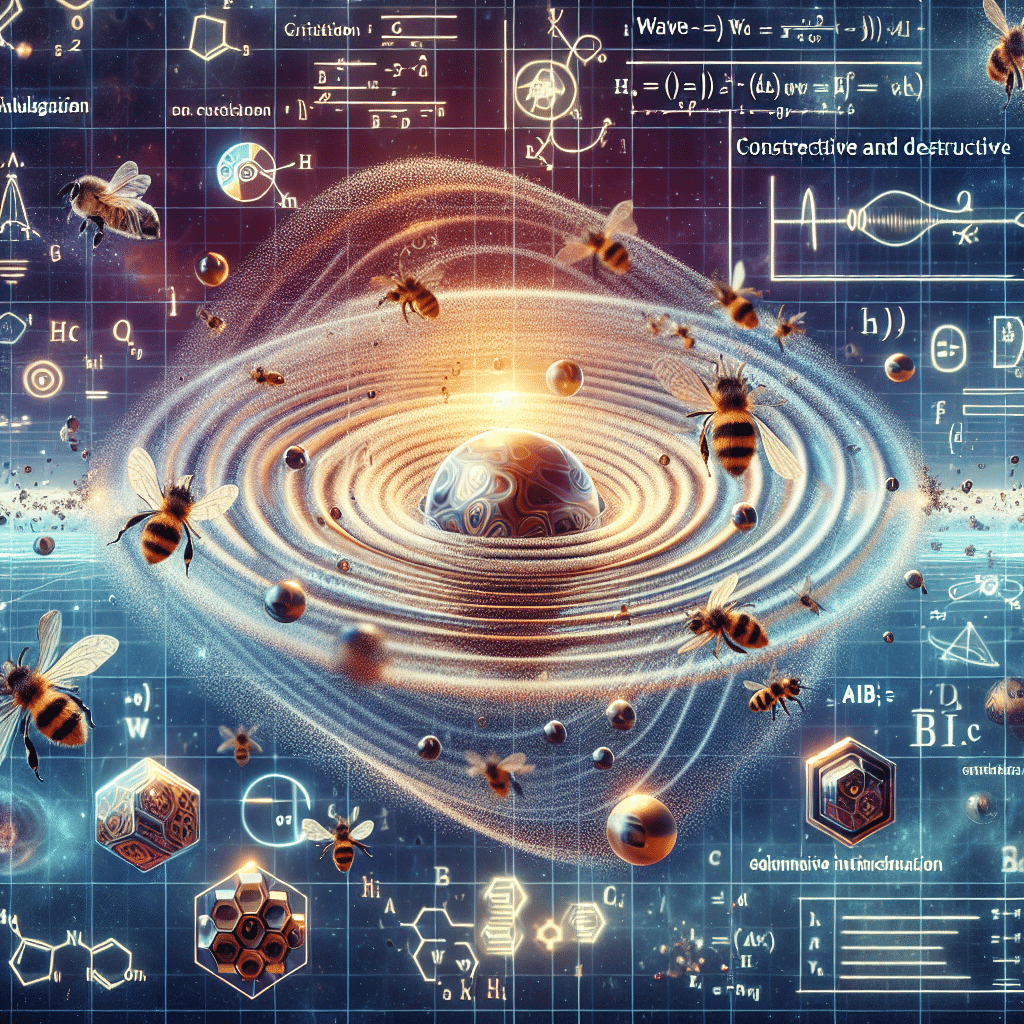
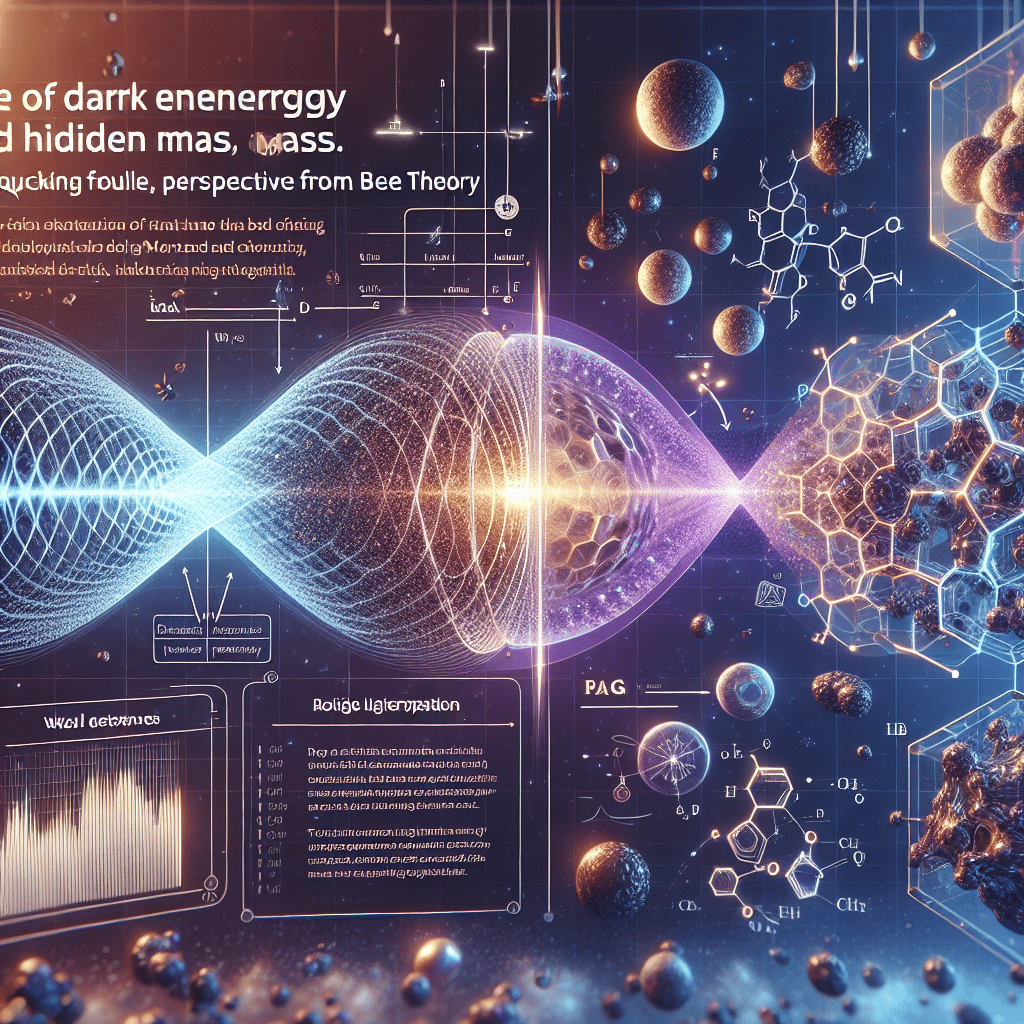
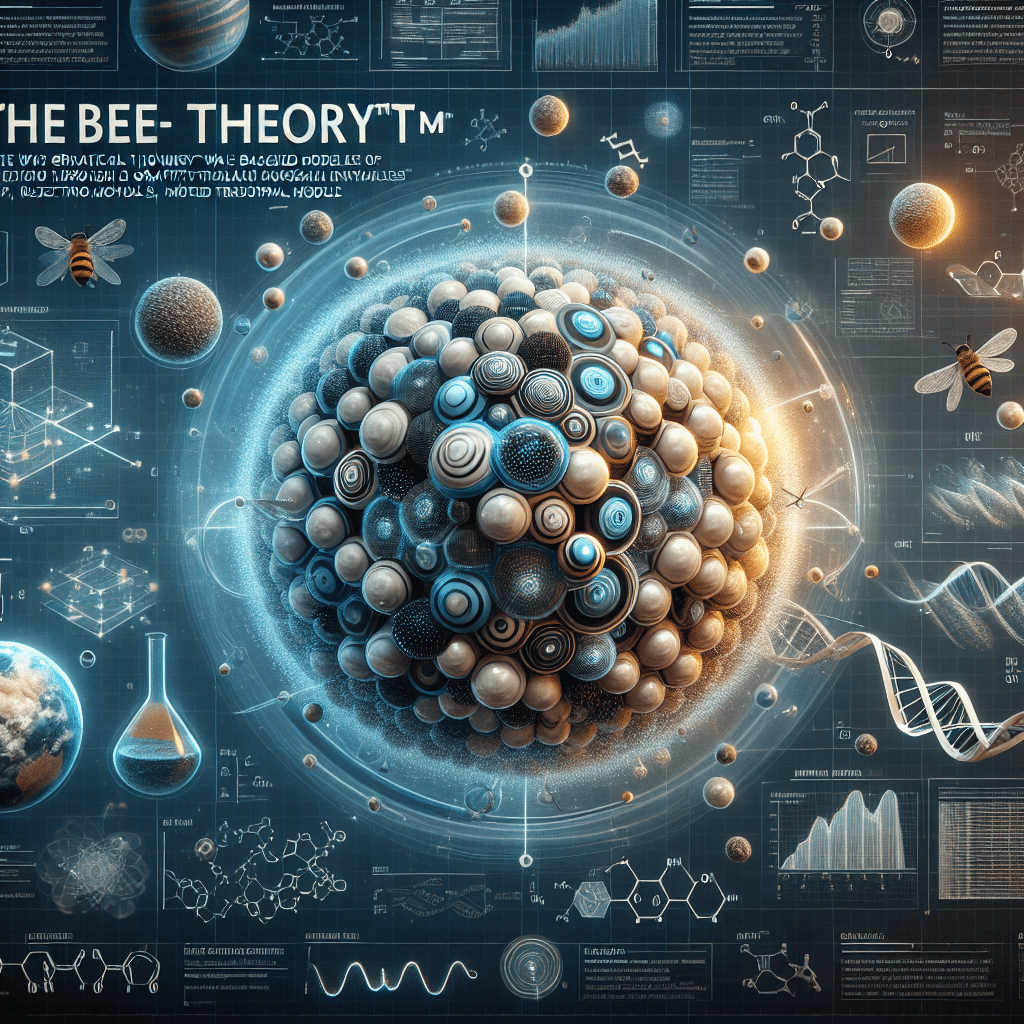
6. Conclusion
Bee Theory offers a bold reimagining of gravity, tying dark matter and dark energy to wave interference in space-time. However, like any major scientific proposal, it stands or falls on observational evidence. By combining refined rotational measurements, gravitational lensing analyses, precision cosmological surveys, and advanced gravitational wave detection, researchers can rigorously evaluate Bee Theory’s predictions.
If forthcoming data align with Bee Theory, it could unify two of cosmology’s biggest mysteries under a single wave-based framework. If not, the search for a definitive explanation for dark matter and dark energy will continue, propelling us forward in our quest to understand the deepest workings of the universe. Either outcome will expand our knowledge and push the boundaries of modern physics—underscoring the transformative power of observational strategies in shaping the future of science.